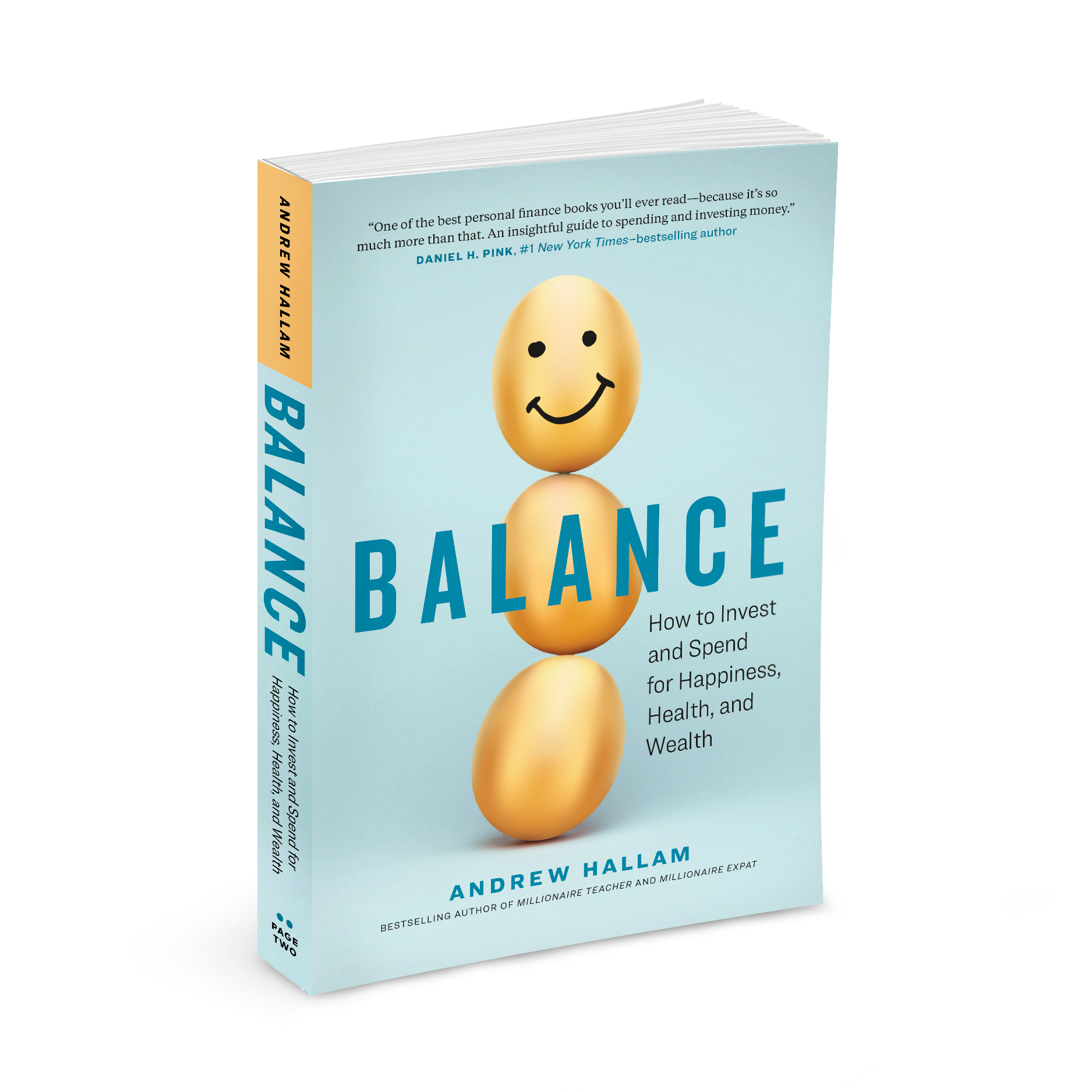Two years ago (April 14, 2010) I asked my blog readers to put their heads together to pick the worst stocks they could think of.
I wanted absolute bottom dwellers, stinkers, sulphur reeking pariahs that were destined for bankruptcy or a painful demise.
And my readers responded.
One person’s junk is another person’s treasure, but there’s no denying the public sentiment of most of these stocks.
In total, readers selected 23 of them.
From that date in 2010, the S&P 500 gained 11.3%.
Our worst (or should I say best) outhouse business predictions were right on the sewage button:
- Alcoa -32.51%
- AIG -19.34%
- AOL -13.71%
- Bank of America – 55.88%
- Citigroup -27.63%
- Ciena -13.23%
- Ford -11%
- Goodyear Tire and Rubber – 19.84%
- Gamestop Corp -5.87%
- Nutrisystem -40.29%
- Banco Santander -54.91%
- USG Corp -14.15%
- Zion Bancorp -18.36%
- Juniper Networks -30.81%
But some of the forecasted stinkers went the other way:
- Kimco Realty +14.36%
- Krispe Kreme Doughnuts +46.52%
- Eli Lilly & Co. +8.16%
- Microsoft +5.39%
- News Corp +24.07%
- Pfizer +30.68%
- Textron +18.16%
Two bizarre pariah stock stories come from Burger King and ATC Technology Corp.
My readers, who selected these stocks to plummet, didn’t get their wishes when…..
Burger King was taken private at a 46% premium to its share price in 2010. And if that wasn’t enough:
In a bizarre twist, according to BusinessWeek, Burger King is once again poised to re-enter the stock exchange as a public company. It might enter the stock market at a premium to its previous premium. We’ll find out.
Then there’s the hopeful dog, ATC Technology Corp. Its shareholders earned a 43% premium to its closing share price on July 16th, 2010 during a merger with GENCO Distribution Systems.
Tracking the collective performance of these stocks has become more complicated. But I’ll continue to do it, and report on the results.
Currently, the “loser’s” portfolio has dropped roughly 4% since April 2010.
It’s falling short of the index—which is up 11%–and the selected top mutual funds my readers selected as benchmarks. It’s no surprise that only two of these ten actively managed funds are beating the market.
But the losing stock saga could certainly give us unexpected future results.
What about you? Do you think you could find lousy stocks ahead of time, or could you be foiled by the odd surprise? Tell me a story.





